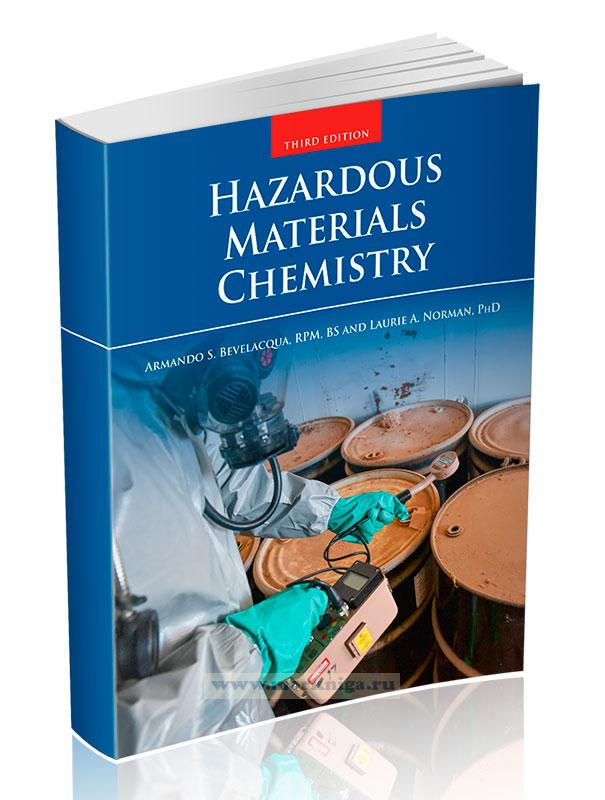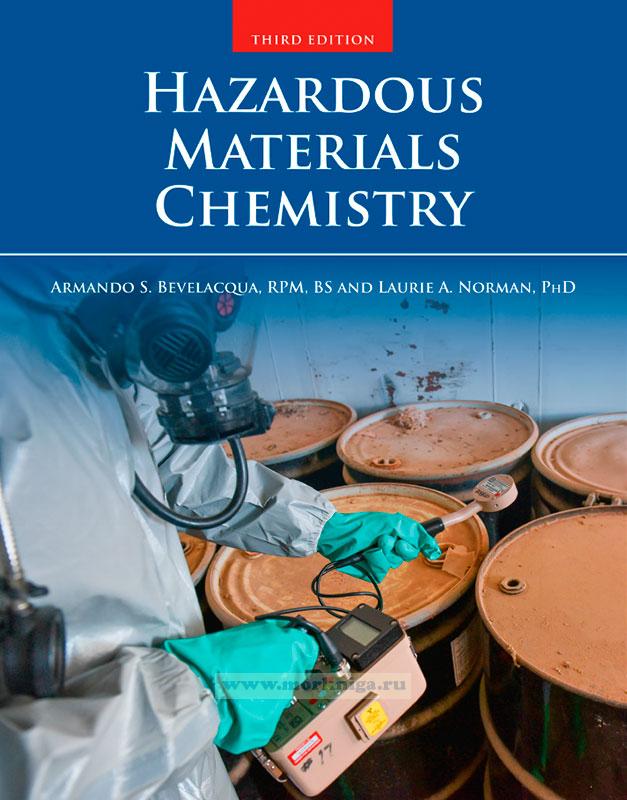Сб с 10 до 16
Hazardous Materials Chemistry/Опасные химические вещества
Книга на английском языке.
This book continues to provide the fundamentals of "street chemistry" required by emergency response personnel. Emergency response and hazmat expert Robert Burke takes the basics of chemistry appropriate for response personnel and puts it into understandable terms. The author has retained the style and format that made the previous editions so popular while updating the information to keep the book relevant.
The chapters are organized by the nine U.S. Department of Transportation's hazard classes. Almost every hazardous material presents more than one hazard; the DOT’s placarding and labeling system only identifies the most severe hazards. Therefore, the book provides additional information about hidden hazards for each hazard class. It discusses individual chemicals, their hazards and their physical and chemical characteristics, both as distinct chemicals and within chemical families.
The book offers a concise presentation of the topics of most importance to emergency responders on a day-to-day basis. It provides the basic chemistry a responder needs to understand chemical terminology and communicate with others about the chemicals involved in hazardous materials incidents.
Contents
Section 1 Guiding Chemical Principles
Chapter 1 Applied Scene Chemistry
Chapter 2 Properties and Toxicology
Chapter 3 The Atom
Chapter 4 Bonding
Chapter 5 Intermolecular Interactions and Predicting Physical Properties
Chapter 6 Gases
Chapter 7 Reaction Basics
Section 2 Chemical Nomenclature
Chapter 8 Inorganic Compounds
Chapter 9 Organic Compounds: Hydrocarbons
Chapter 10 Substituted Hydrocarbon Compounds
Section 3 Application
Chapter 11 Tools of the Trade
Chapter 12 Risk-Based Response
Chapter 13 Weapons of Mass Destruction
Chapter 14 Science Officers’ Guide
Appendix A FESHE Correlation Guide
Glossary
Index

